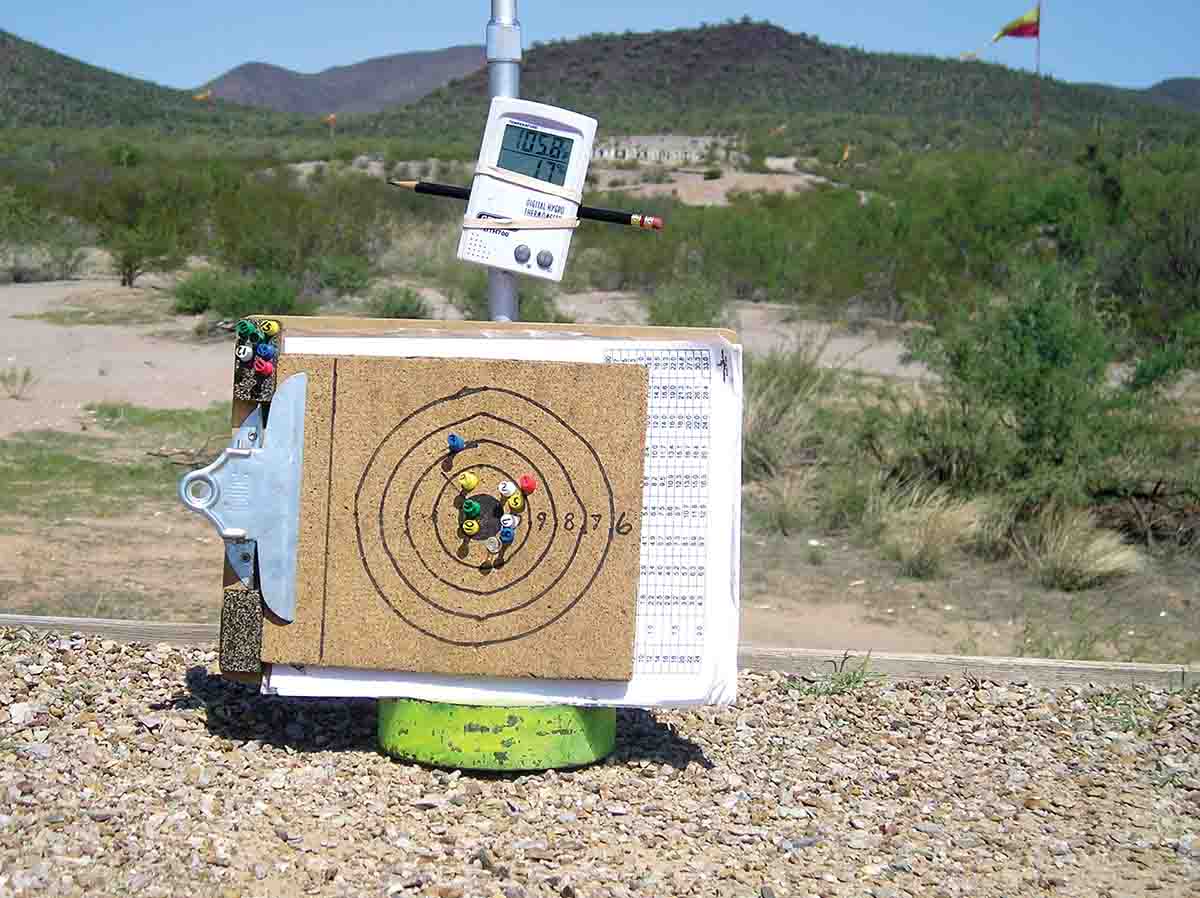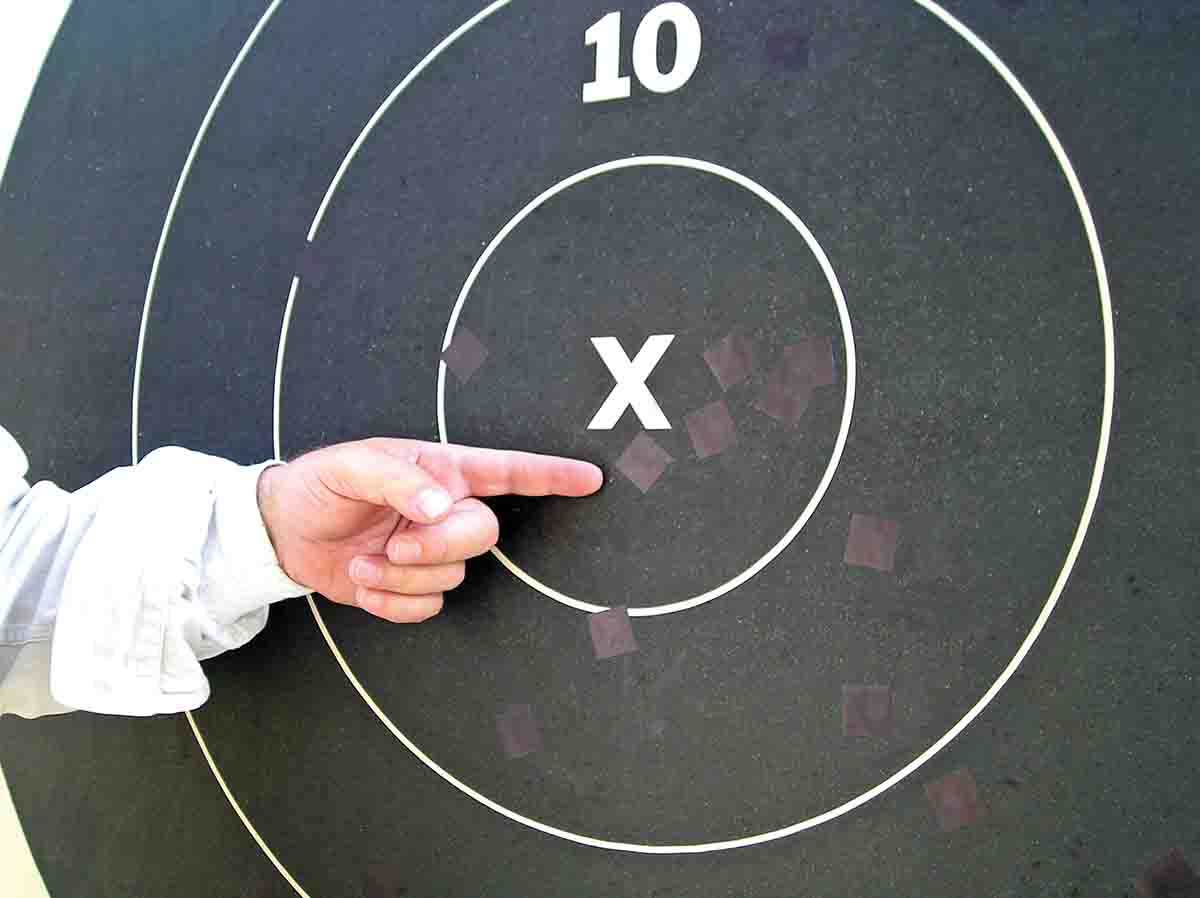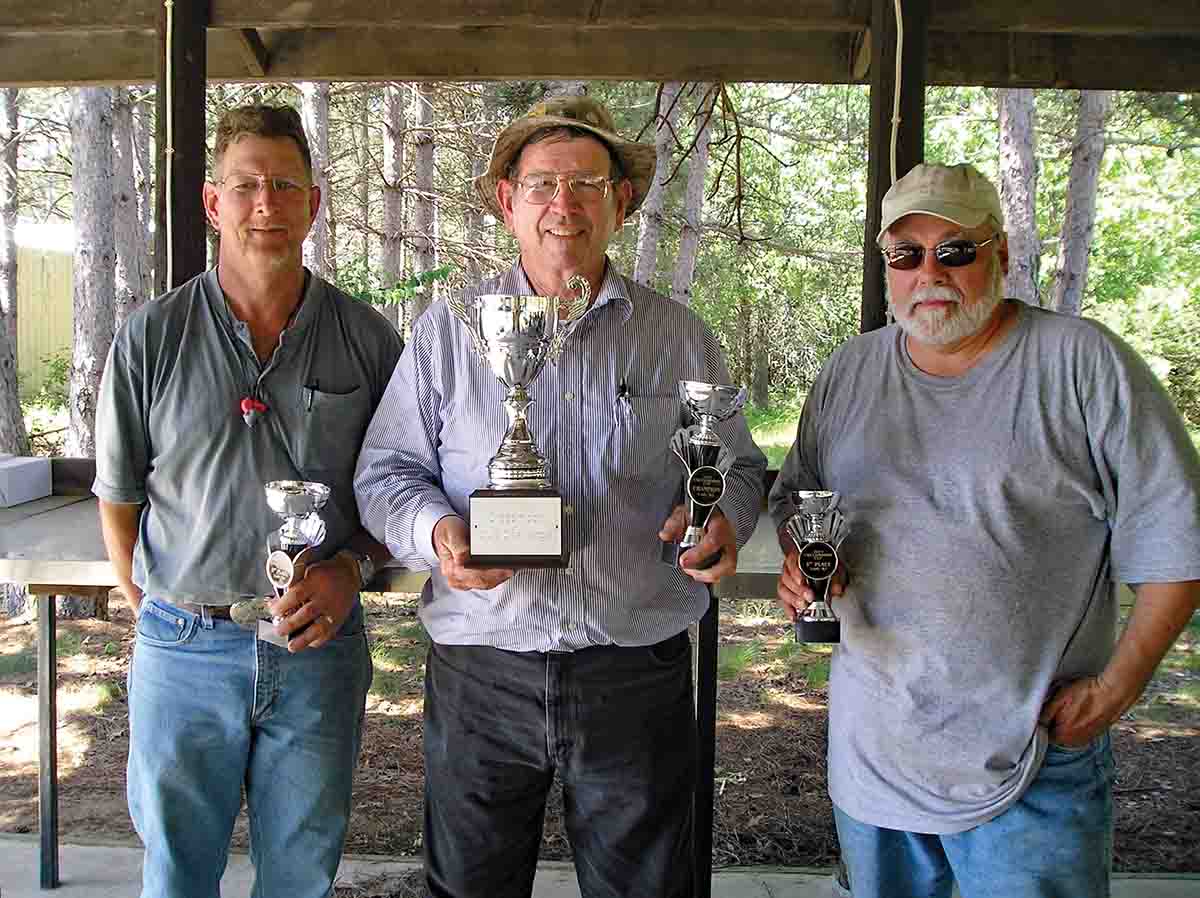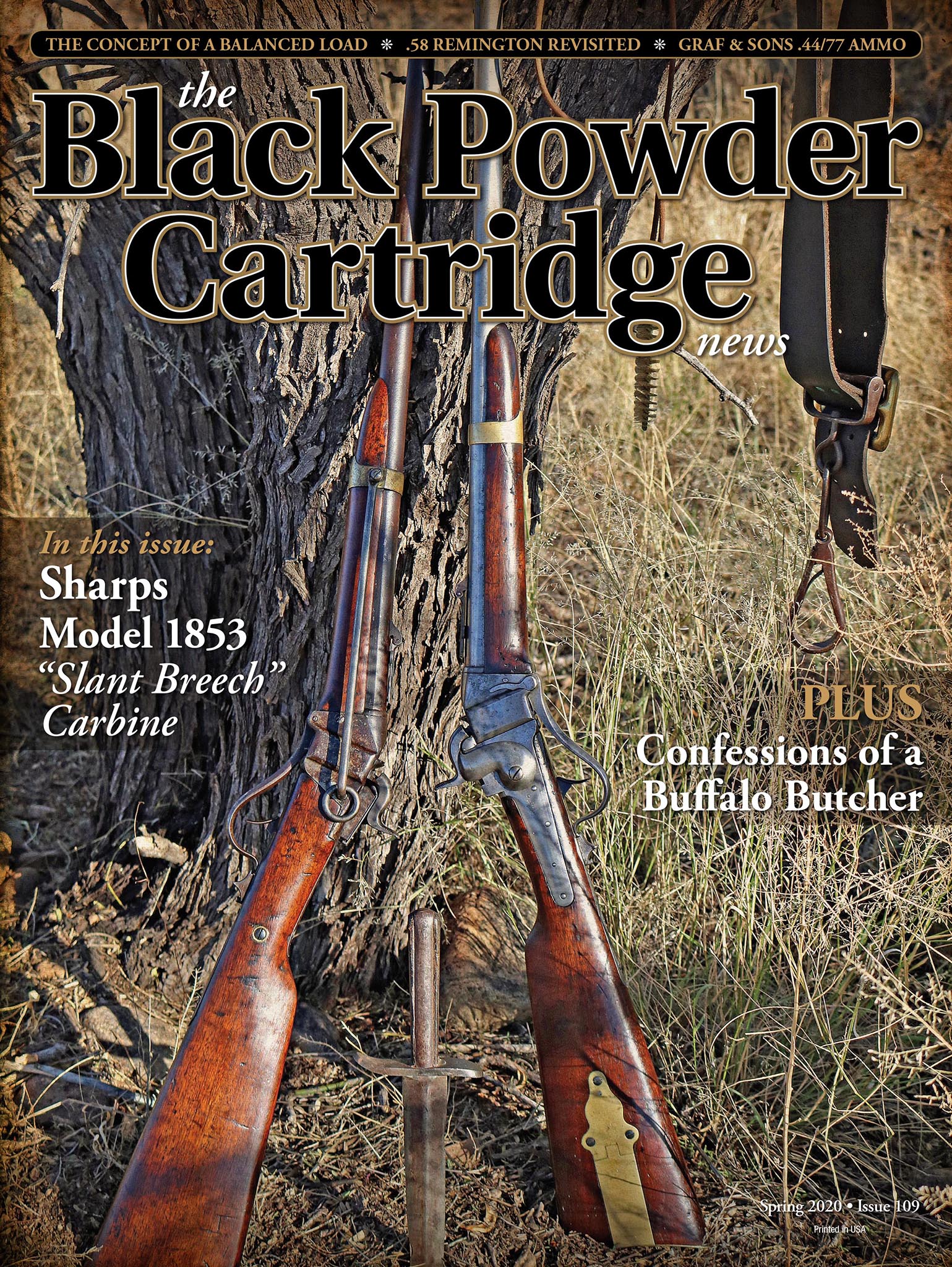The Concept of a Balanced Load
feature By: Zack Taylor | February, 20

The rest of this article is about what has worked for me in developing a balanced load for rifles chambered for the .45-90 cartridge with barrels utilizing 16, 17 and 18-inch twists, bullets cast of 1-16 alloy and between 525 and 540 grains weight. Experience indicates bullets that arrive at the target stable under most environmental conditions usually leave the barrel between 1,300 to 1,330 feet per second and are between 1.42-inch and 1.46-inch as cast, with extreme velocity spreads (ES) in the single digits. The best bullet lubes stay on the bullet and in the lube grooves until the round is chambered. The Holy Grail in long-range loads are those that hold a minimum vertical dispersion on the target at 1,000 yards. Loads that shoot well at 500 to 600 yards do not always shoot well beyond that distance. Moreover, what a load does under ideal conditions is not always an indication of what it will do under less than ideal conditions.

The environmental conditions are controlling variables. Long Range competition is fired in the outdoors, over a period of many hours. That means the rifle, ammunition and shooter are subject to variable exposure elements. A significant factor is the conditions at the barrel can be quite different than what the National Weather Service is reporting. Solar heating of the ground (and your barrel) will cause the temperature to be higher, and relative humidity lower, than what is present five feet above ground level. I call this radiant temperature. I mount a digital hygrometer/thermometer in the open at barrel level. Once the radiant temperature at barrel level reaches 88 degrees Fahrenheit and relative humidity drops below 30 percent, the conditions will accelerate the formation of hard fouling in the barrel. The secret to shooting well is controlling the hard fouling inside the barrel regardless of the combined environmental conditions. The radiant temperature can be 40 degrees or more than the ambient temperature. The humidity at barrel level can be anywhere from eight to 20 percent lower than the ambient humidity. What is important is the conditions at barrel level and on your ammunition container. At the very least, keep the ammunition out of direct sunlight with the lid closed and the box covered with a cloth, as well as shaded and covered in the cartridge blocks. Radiant temperature above 110 degrees Fahrenheit with humidity in single digits is not uncommon in Arizona or New Mexico.
When shooting a competition where each match is 15 shots for record, a competitor may fire six or more sighting shots before going for score. It is in these matches that the impor-tance of preventing the formation of hard fouling in the bore becomes more challenging especially in the last four inches of the barrel. If you are wiping with patches, this may take four or more wet patches between each shot before the next record shot is fired. The hotter the internal temperatures are inside the barrel and the lower the humidity, the faster the fluid on the patch will evaporate as the patch moves down the barrel. This frequently does not clear enough fouling in the last four inches of barrel. I have seen the fourth wet patch steaming and toasted upon leaving the muzzle, from a barrel you cannot hold in your hand because it is so hot. It is in these conditions that long-range matches are fired. The fouling control must work, and the “balanced” load then pays huge dividends. I don’t know if there is such a thing as too much fouling control.
Using Buffalo Arms Bore Wipes with M-Pro7 cleaner is one method of fouling control. When using them, I notice that as the bore wipe exits the muzzle, it “spits” quite a bit of excess fluid out ahead of the bore wipe, which means the fluid is present in quantity for the last four inches of a 34-inch barrel. If the barrel is very hot when the residue of the bore fluid drips from the muzzle and begins to run down the underside of the barrel that liquid will almost instantly evaporate leaving a hard crust on the outside of the barrel, yet the bore is clear of hard fouling. I have used these bore wipes in conditions up to 131 degrees Fahrenheit radiant temperature. So far, one or two patches of Hoppes solvent is all it takes to clean the bore when there was no cleaning between relays.
The good news is that developing a balanced load for your rifle has never been easier. The bad news is that you are the one that has to do the load development and shooting under match conditions. Just remember, the wind is your friend. Don’t just practice only under favorable conditions, because you probably won’t have favorable conditions throughout every match.


